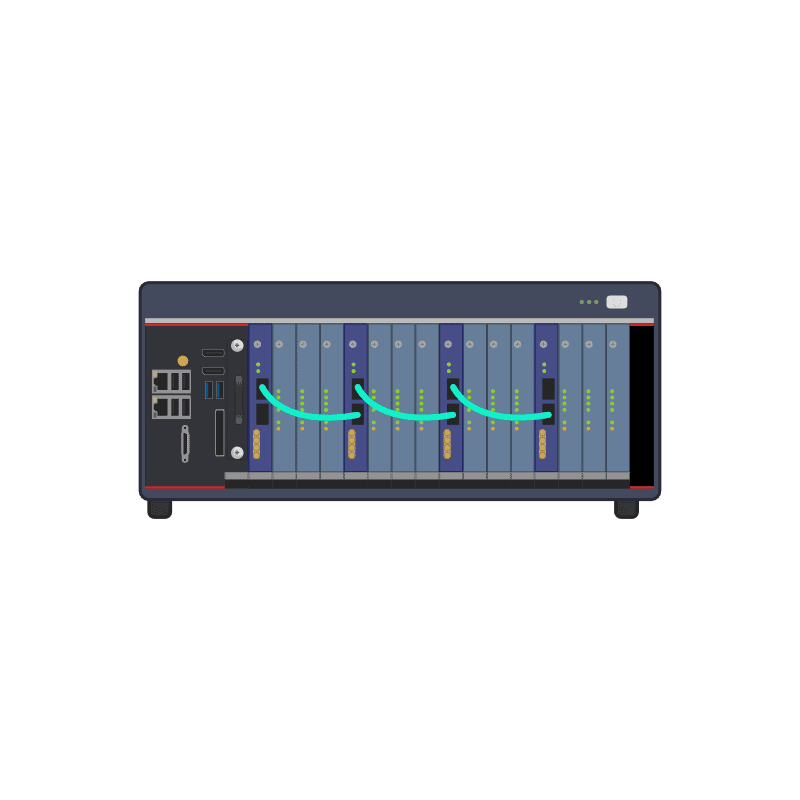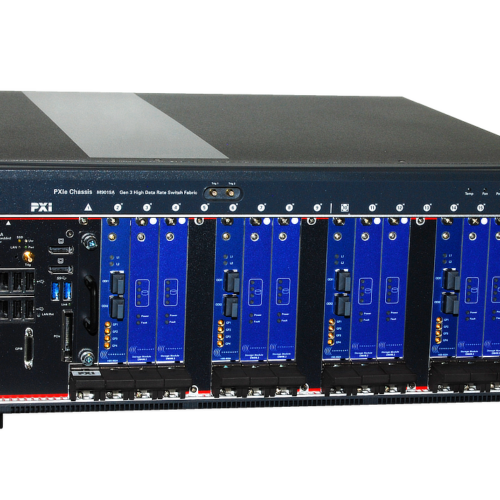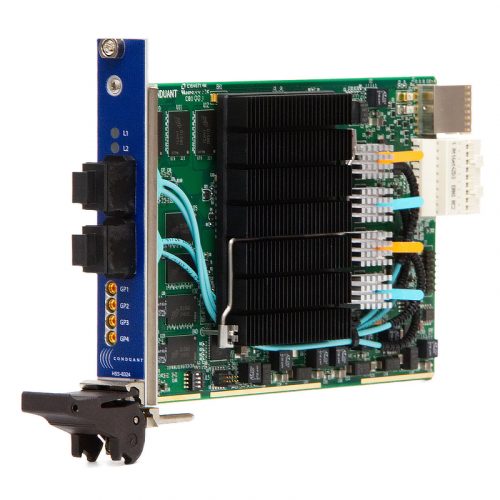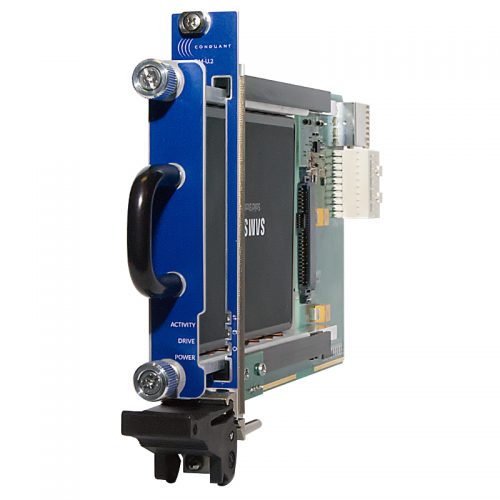StreamStor® Cobra
High-Speed Recorder
160 Gbps Modular Recording System
Modular and flexible solutions that don't sacrifice speed are the future of high-speed data acquisition technology. That's why Conduant developed StreamStor® Cobra - a modular recording platform—so you can have the best of both worlds.
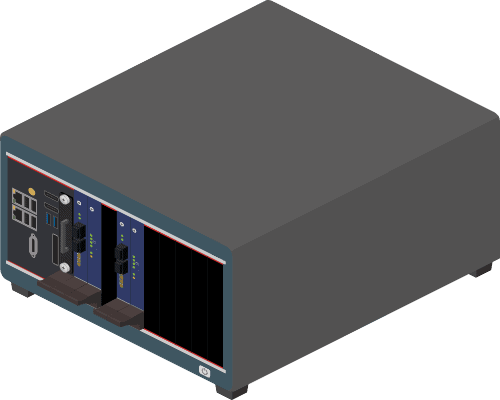
Overview
By leveraging proven StreamStor® technology, Conduant provides one of the fastest, most flexible high-speed data recording platforms on the market. Cobra is engineered to be infinitely customizable, and with data rates up to 160 Gbps, its potential applications are virtually limitless—including RF waveform analysis for 5G, signal simulation for electronic warfare, phased array radar development and many more...
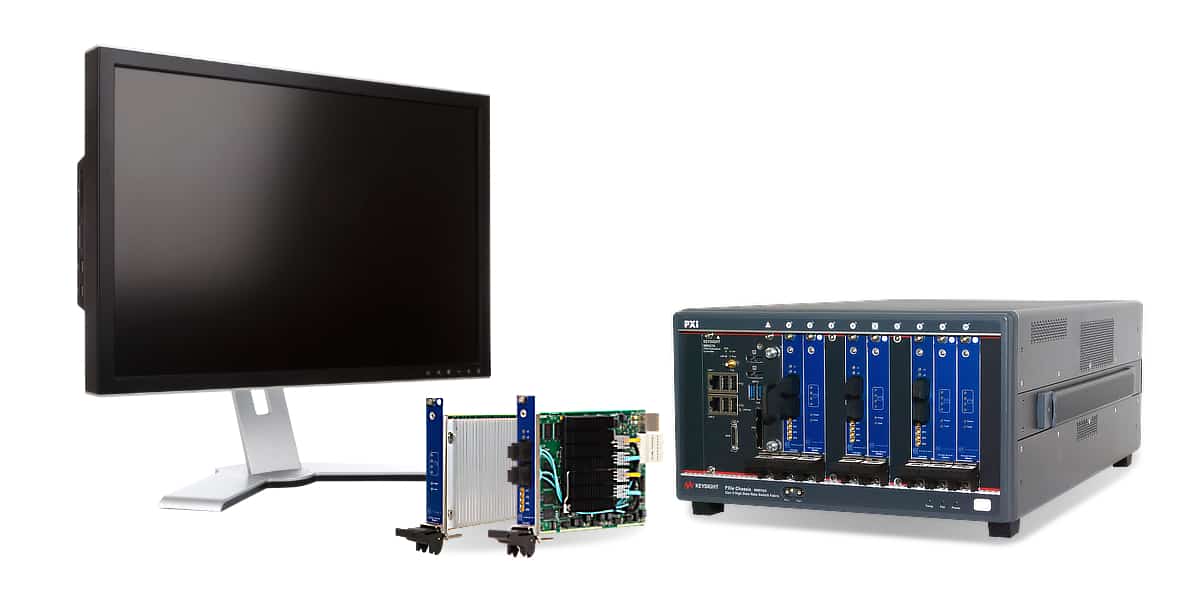
High Speed Transfer
A StreamStor® Cobra system is capable of sustained recording and playback at up to 20 GB/s (160 Gbps), or 1 TB every 50 seconds.
We leverage the latest in data transfer and NVMe SSD storage technology to deliver the fastest possible data acquisition.
Modular
The Cobra platform utilizes the PXI Express architecture to provide a modular, flexible solution consisting of one or more high-speed optical FPGA boards and one or more NVMe SSD based storage boards. This allows Conduant to customize the Cobra system to the exact requirements of our customers.
Scalable
Because Cobra is built on a foundation of proven PXI Express technology, recording systems can easily be expanded to provide additional data transfer speed, NVMe SSD storage capacity, or both.
Extended systems can also employ an additional chassis to provide additional resources.
Questions?
Schedule a free engineering consultation
Unlimited Configurations, One StreamStor®
A typical Cobra configuration will include an Intel processor based controller, one or more high speed optical FPGA boards, and one or more NVMe SSD based storage boards. The PXI Express backplane allows numerous configurations and combinations of storage and FPGA boards to match nearly any requirement. Extended systems can also employ an additional chassis to provide additional storage capacity if desired.
Our engineers will work with you directly to build a custom system to fit your needs and budget. Take advantage of over 40 years of engineering experience with a free phone or email consultation.


